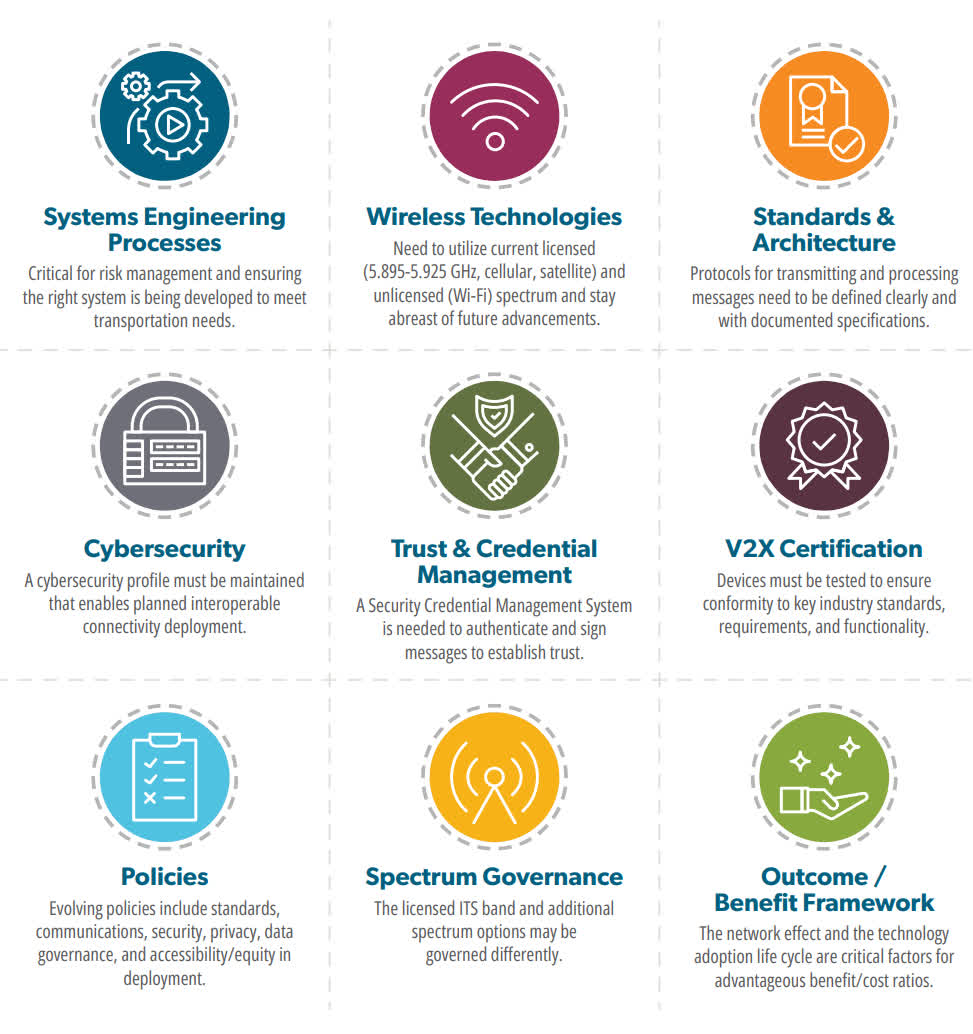In summary: The National Highway Traffic Safety Association (NHTSA) reported 40,000 traffic-related fatalities last year. To combat this, the U.S. Department of Transportation is introducing V2X, a comprehensive technology framework aiming to eliminate these tragedies by enhancing infrastructure, vehicle technology, and regulations for safer road travel.
Over the years, automakers and regulatory bodies have implemented various safety features like Blind Spot Detection, Lane Departure Warning, and Automatic Emergency Braking to alert drivers and prevent accidents. Despite these advancements, the adoption of such technologies has been slow and inconsistent across different vehicle models.
The DOT’s solution to this issue is the national deployment of Vehicle-to-everything (V2X) technology. This system utilizes wireless communication between vehicles and data centers to improve driving safety, resembling the communication process bacteria use to respond to environmental changes.
V2X encompasses several key aspects:
- Vehicle-to-Vehicle (V2V) communication to prevent collisions by sharing position and speed information.
- Vehicle-to-Infrastructure (V2I) for interpreting traffic signals and enhancing traffic flow.
- Vehicle-to-Pedestrian (V2P) for alerting pedestrians and cyclists about potential risks.
- Vehicle-to-Network (V2N) for real-time updates on traffic conditions by connecting vehicles to data centers and cellular networks.
V2X is part of the National Intelligent Transportation Systems (ITS) Reference Architecture, allowing for seamless integration of new technologies into transportation systems.

The emphasis on cybersecurity with V2X is crucial, especially amidst concerns about data privacy. The Security Credential Management System (SCMS) ensures secure communication and protects Personal Identifiable Information (PII) from misuse.
The DOT has outlined a phased plan for V2X implementation, focusing on infrastructure, vehicles, spectrum, interoperability, benefits, and technical support. While automakers are not mandated to adopt V2X, the DOT’s strategic approach aims to encourage rapid adoption through standardization, regulatory support, and funding.